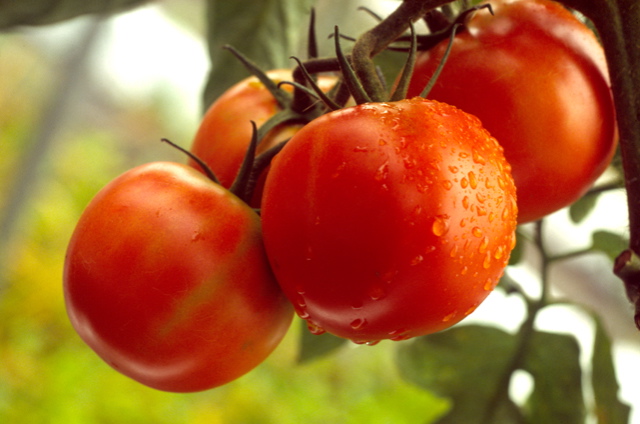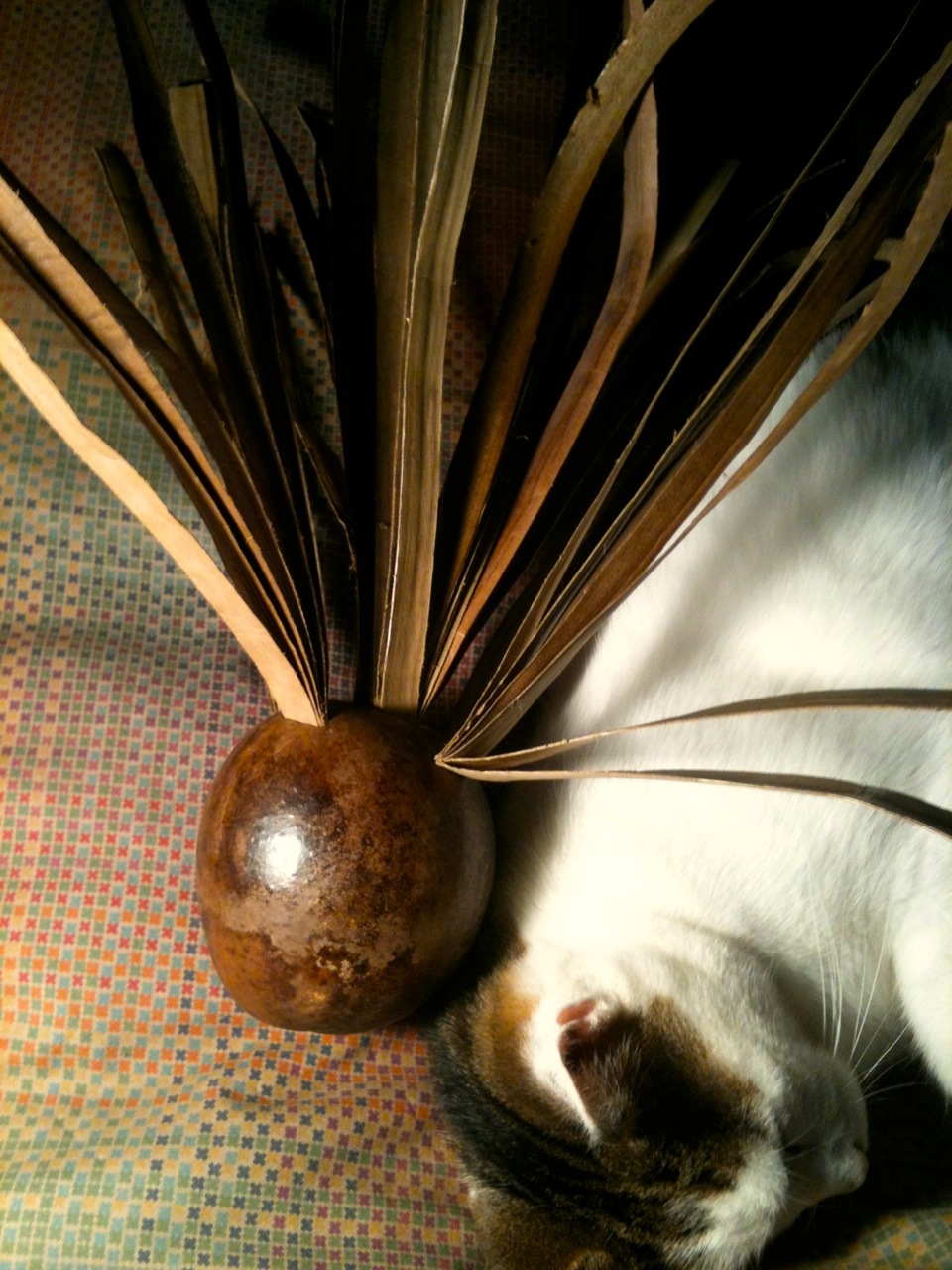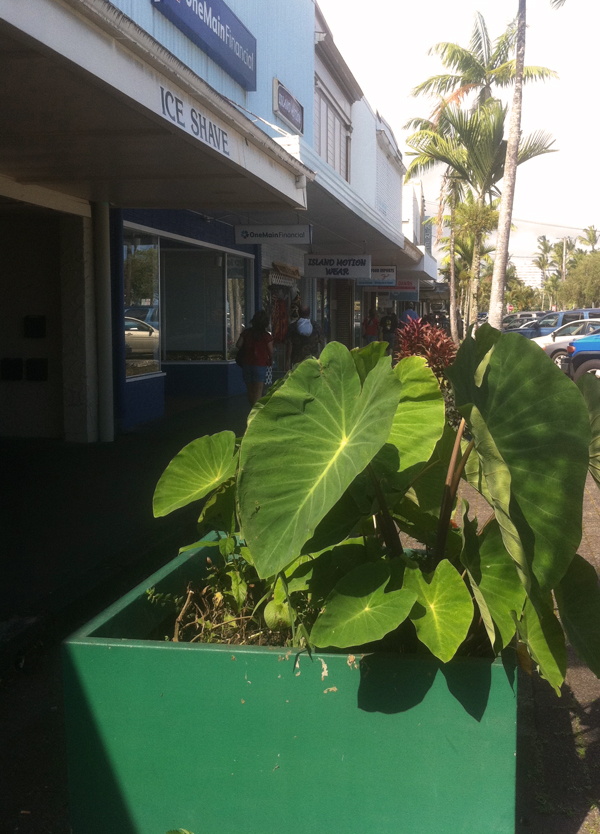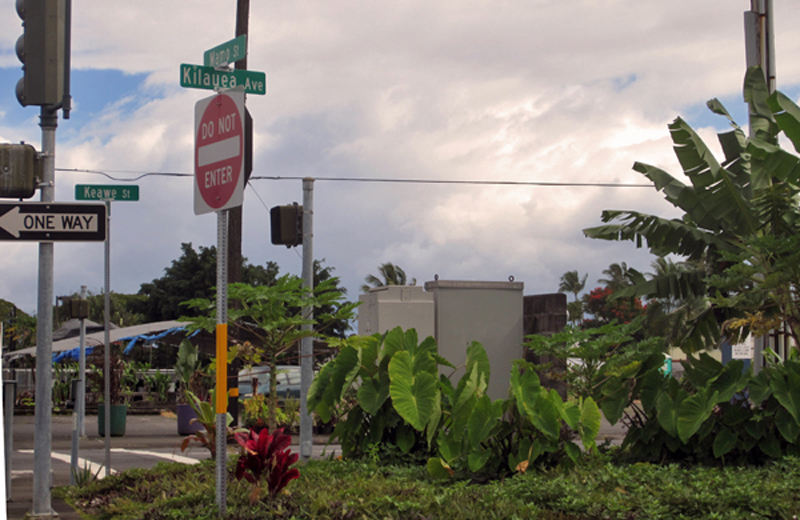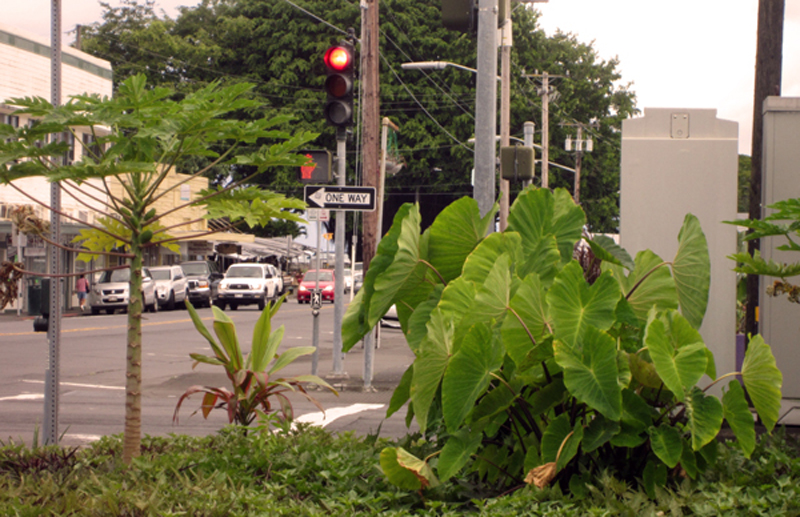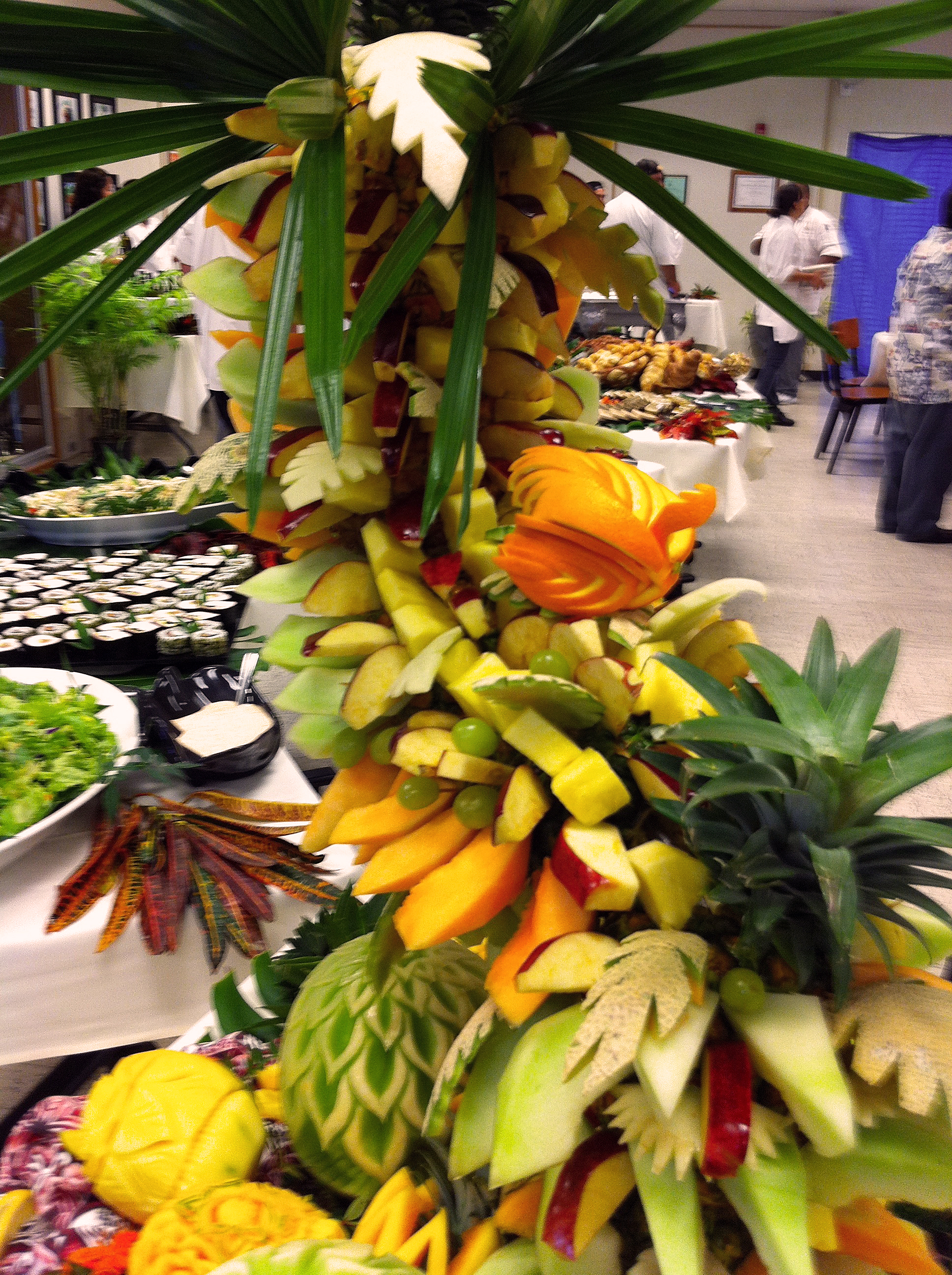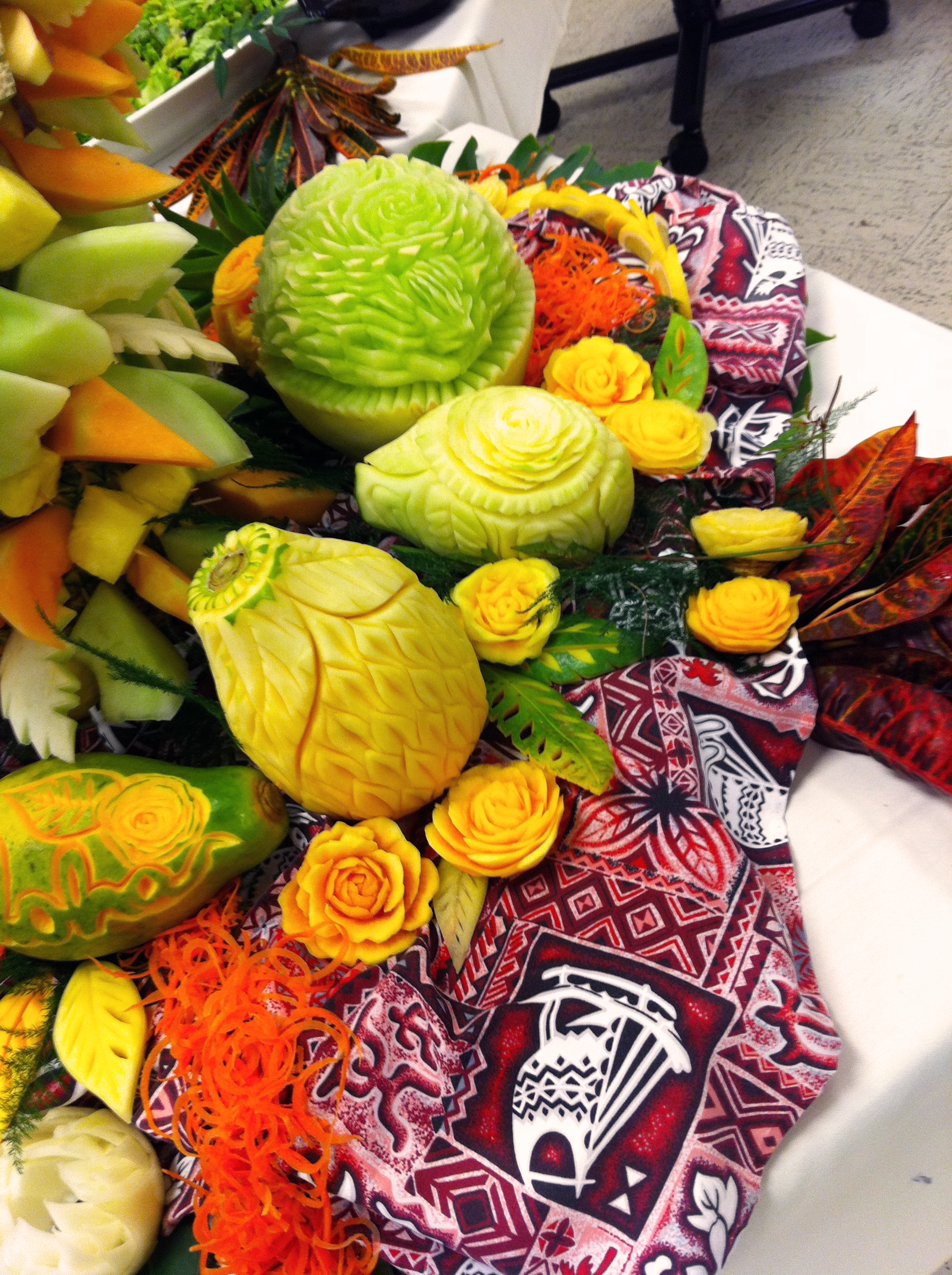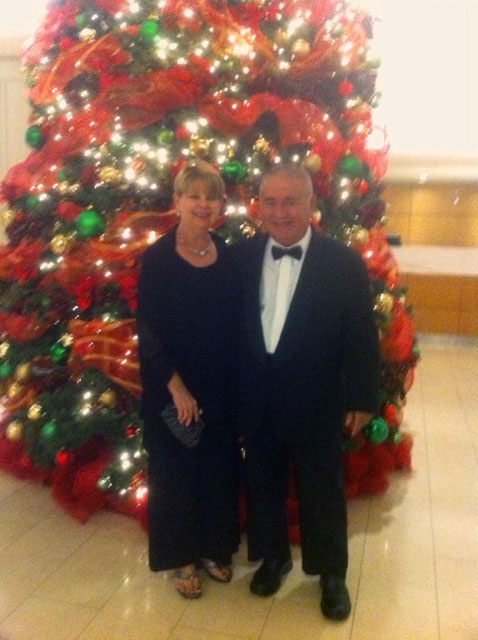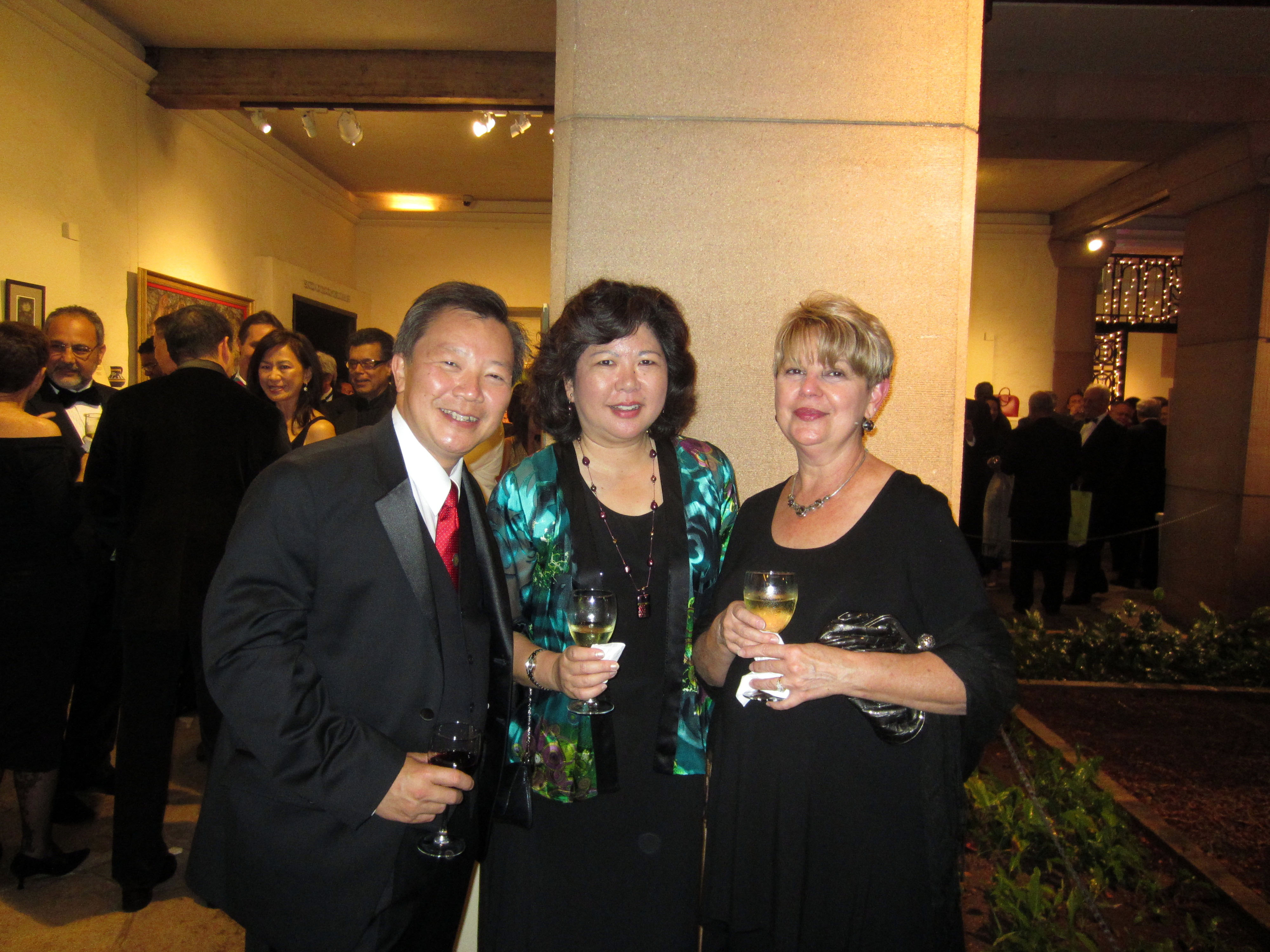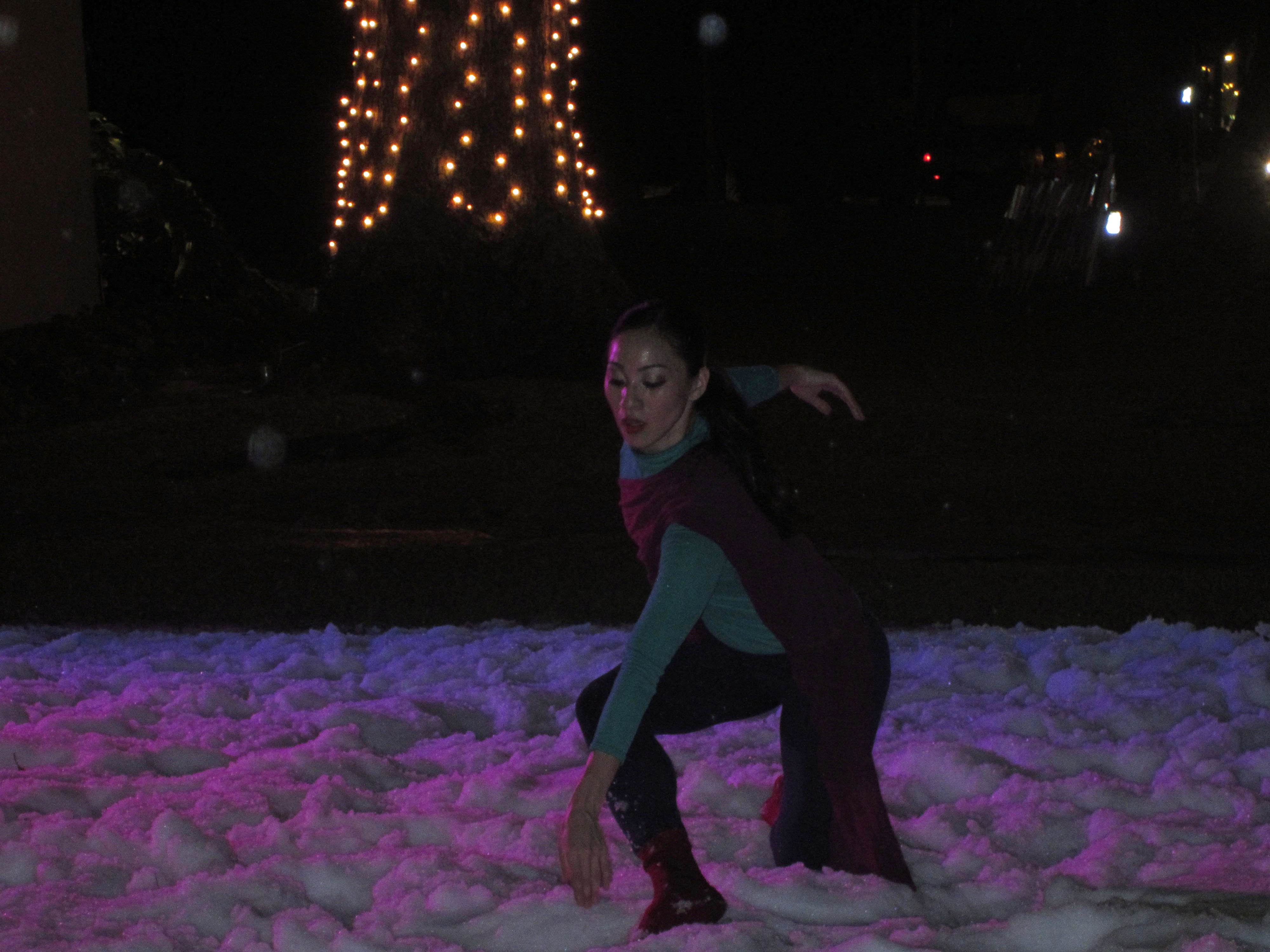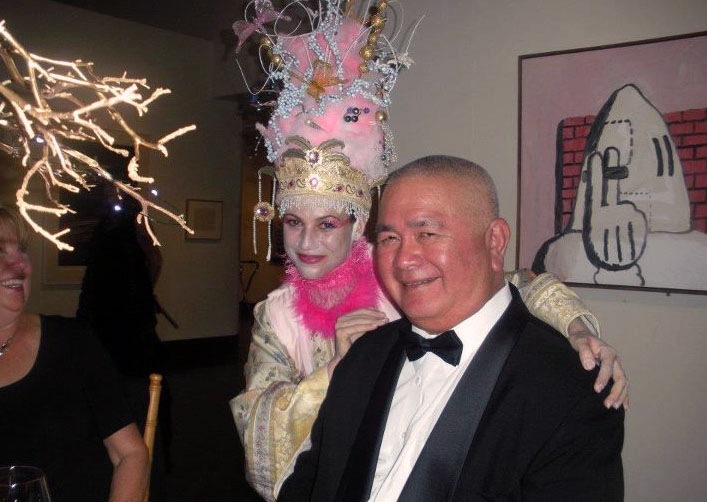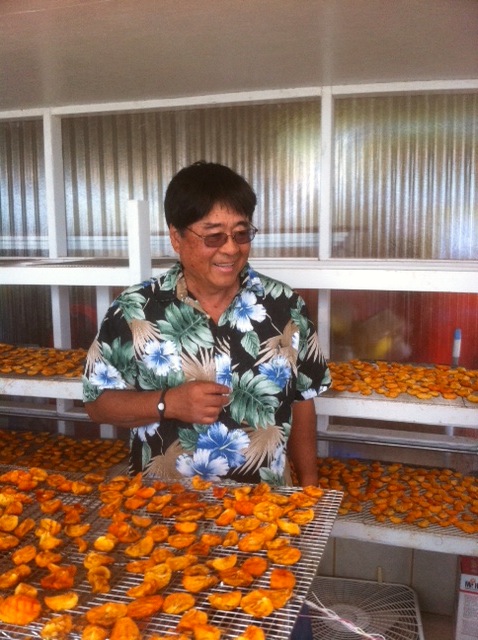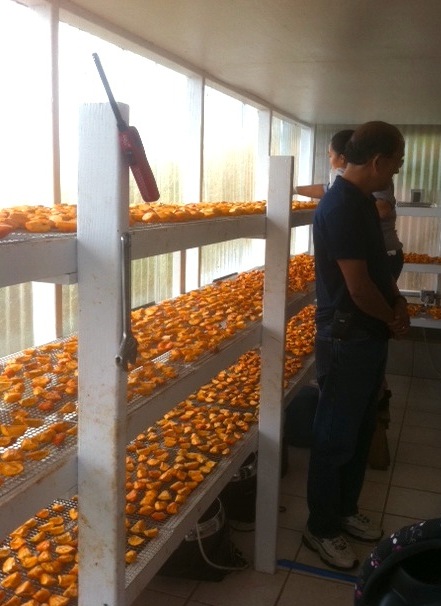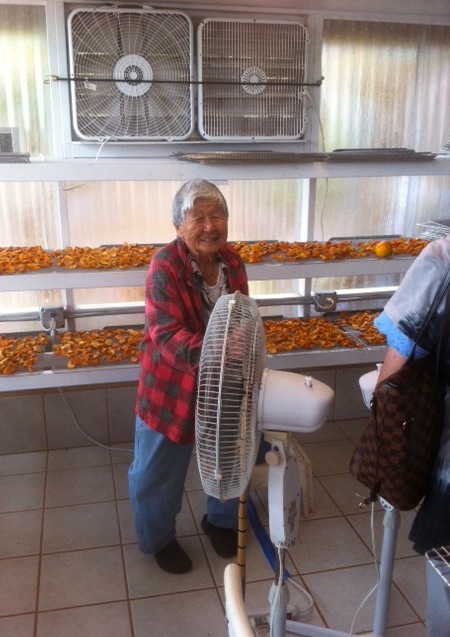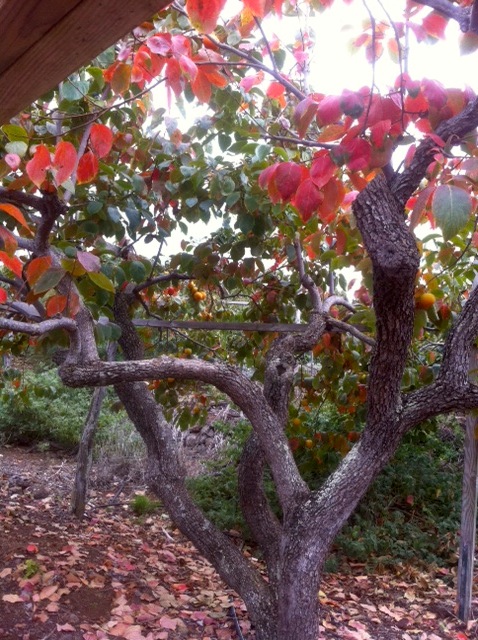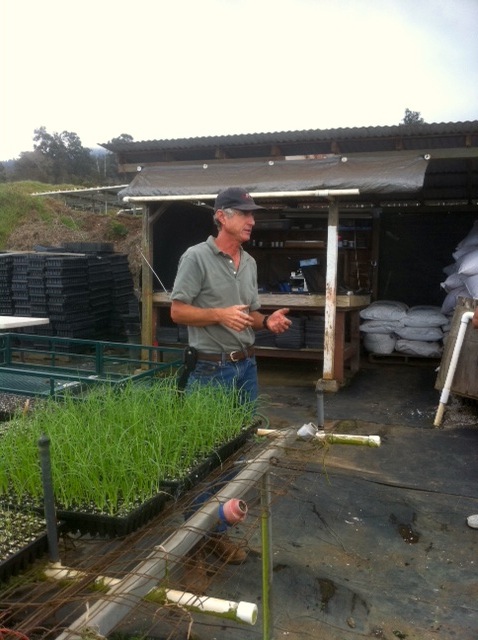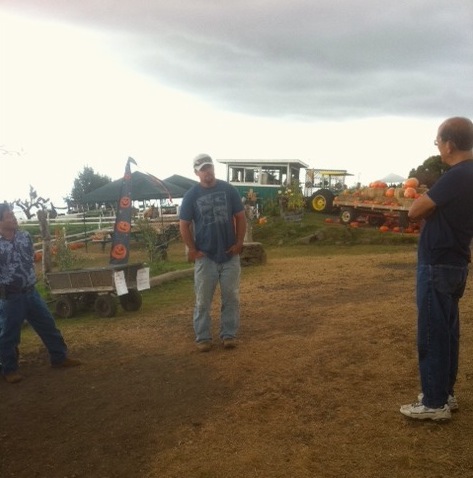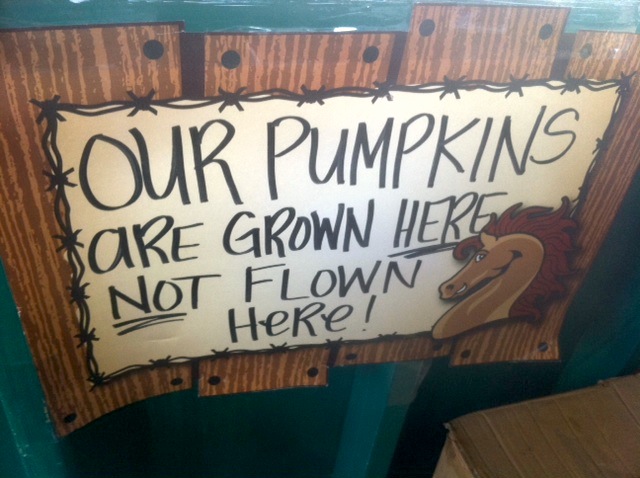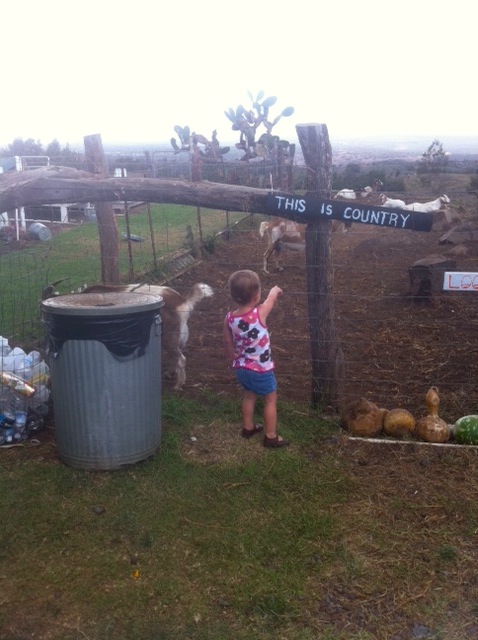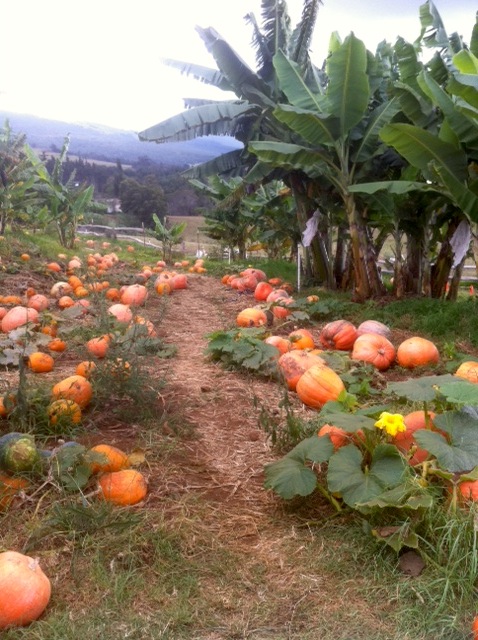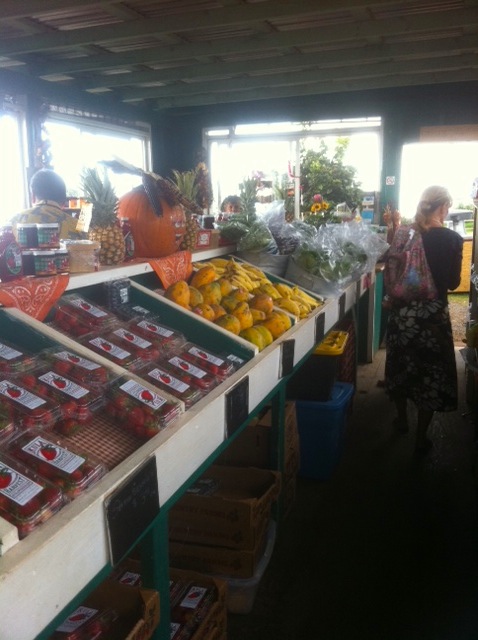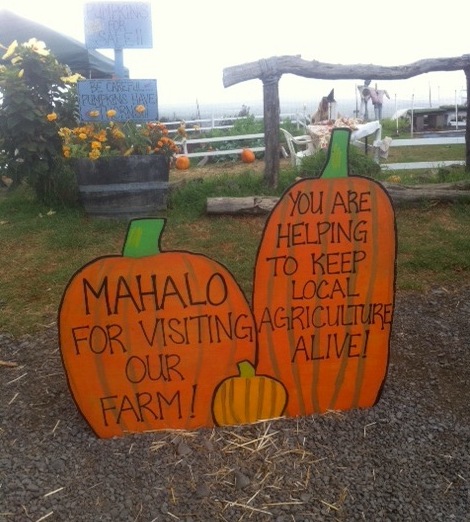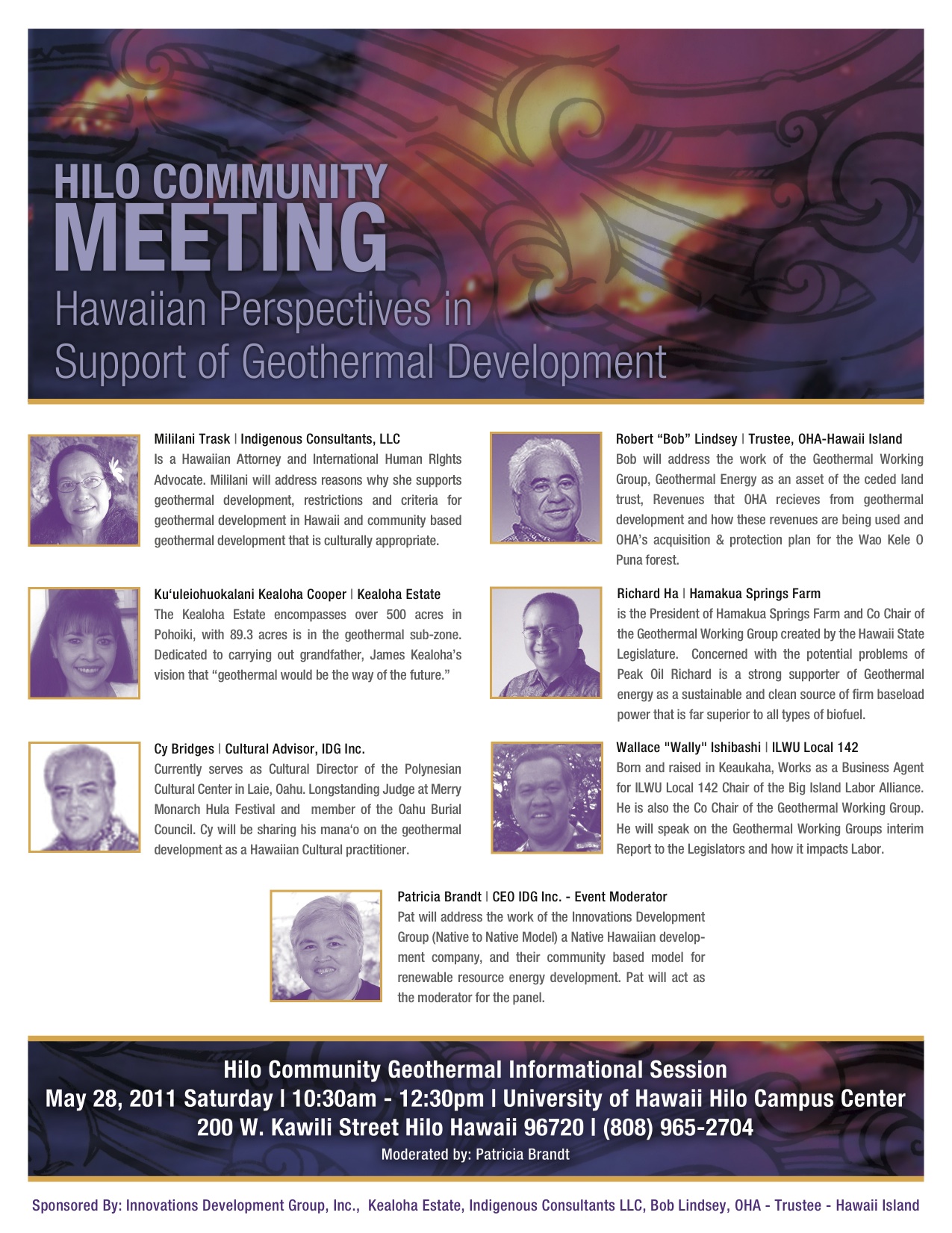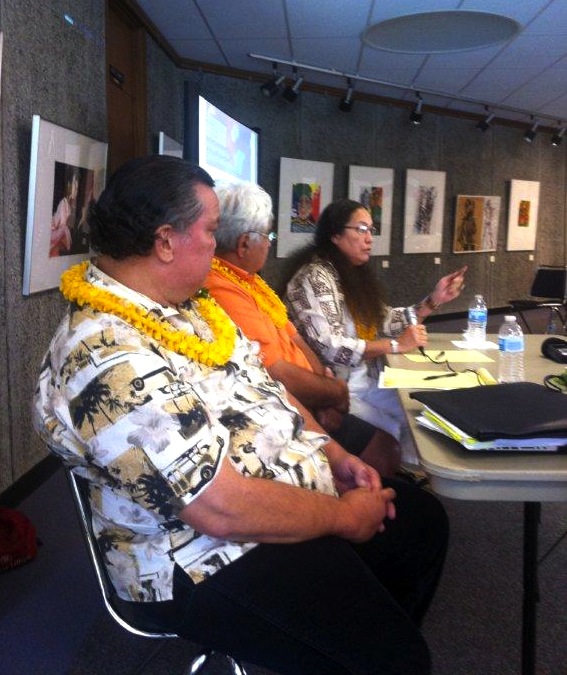Last night, I spoke at the Laupahoehoe Community Association meeting and shared the perspective I have gained from watching the world oil supply subject evolve over a short five years.
I related how I have attended four Peak Oil conferences, most recently as Hawai‘i County’s representative. The first thing I learned was that the world has been using twice as much oil as it has been finding for 20 to 30 years – a trend that continues.
Five years ago, oil prices were supply driven. When supply was restricted, oil prices rose, and when oil supply resumed, prices fell.
Last year, that correlation fundamentally changed. We now have a demand problem. And the demand is coming from the new economies: China, India and others.
That’s why, during this recession, we still have $100 per barrel oil. Unlike during the last 150 years, supply cannot seem to keep up with demand. If you are a subscriber to Nature magazine, or don’t mind becoming one, you can read a good article about that here.
Oil’s tipping point has passed
The economic pain of a flattening supply will trump the environment as a reason to curb the use of fossil fuels, say James Murray and David King.
…There is less fossil-fuel production available to us than many people believe. From 2005 onwards, conventional crude-oil production has not risen to match increasing demand. We argue that the oil market has tipped into a new state, similar to a phase transition in physics: production is now ‘inelastic’, unable to respond to rising demand, and this is leading to wild price swings…. Read the rest here
World oil supply is naturally declining at approximately five percent, meaning we need to find the equivalent of a Saudi Arabia every two to three years. Clearly we have not been doing that, nor is it likely we will do that.
To make matters worse, oil-exporting countries are forced to use more of the oil resource in their own countries or the people will revolt. Sooner or later, oil-exporting countries will keep all its oil for its own people. All the signs indicate that we have much less time than we think.
I told the folks that most of us, except the native Hawaiians, were immigrants. We all dream of a better future for our children and grandchildren, and rising oil prices are a threat to that dream.
We are very lucky, though, to have an indigenous alternative – Geothermal. Generating electricity from geothermal costs approximately 10 cents per kilowatt hour, while generating electricity from oil (at $100 per barrel) costs more than 20 cents per kilowatt hour. Geothermal-generated electricity prices will be stable for generations, while oil prices will keep on rising.
I was preaching to the choir. They wanted to know what could be done. I told them to contact their legislators and that I would make sure to keep in contact with their organization.

